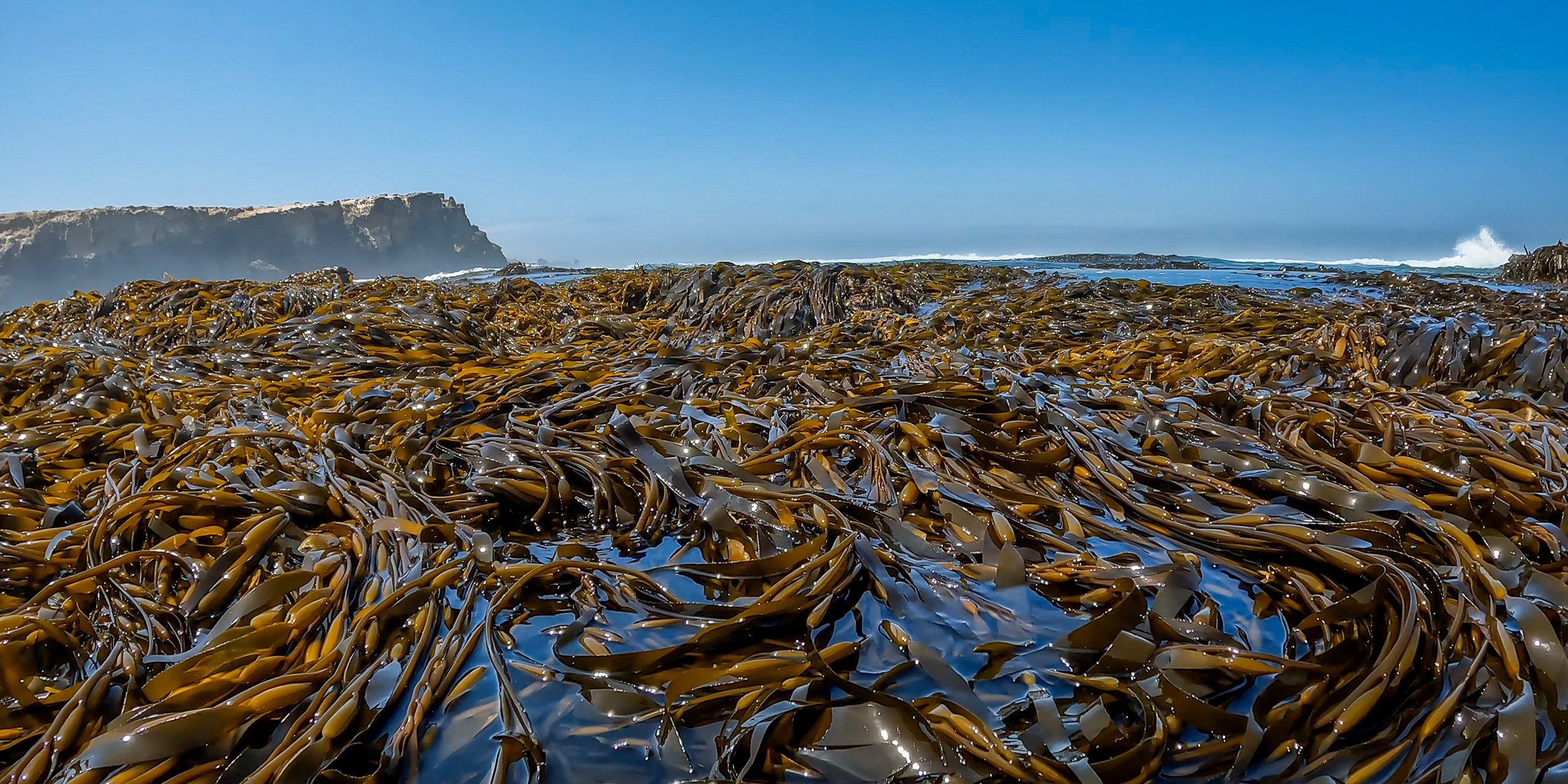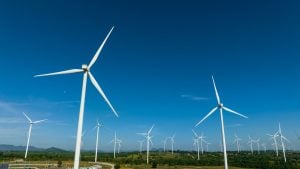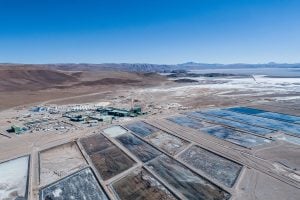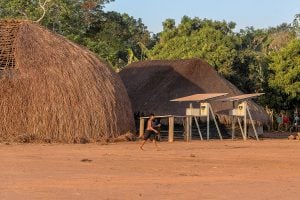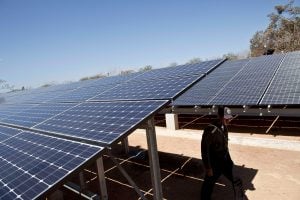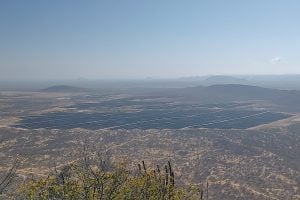The central and southern coast of Peru is home to one of the most impressive marine ecosystems in the world. Large kelp forests spread across the shallow and cold waters, made up of a brownish algae that can grow 10 centimetres in a day and reach 15 metres in length.
This immense marine jungle hosts red urchins (Loxechinus albus), panchote crabs (Taliepus marginatus), marblefish (Aplodactylus punctatus) and many more animals.
When the tide comes in, kelp battered by the ocean can break off the rocks it is anchored to. Huge amounts end up stranded on beaches and at the foot of cliffs. These accumulations generate a whole new community of organisms that break the kelp down and release nutrients back into the sea.
This kelp has been a highly prized product in Asia for some years. But demand for Peru’s marine bounty brings problems, too, such as the illegally harvested kelp that creeps into the market. Extracted from the sea in large quantities, this harvesting can severely damage the ecosystem because it destroys the food source and habitat for many marine species.
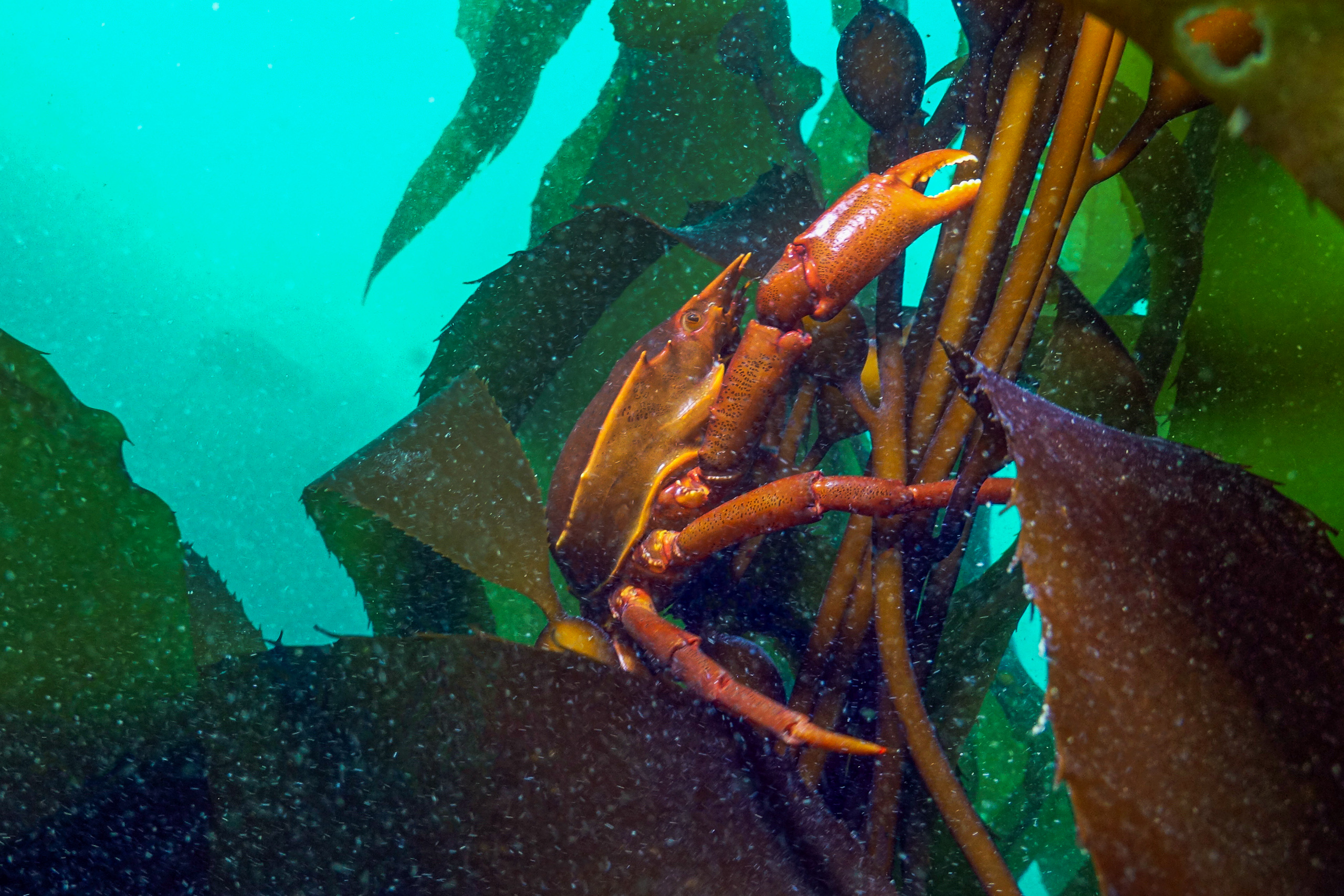
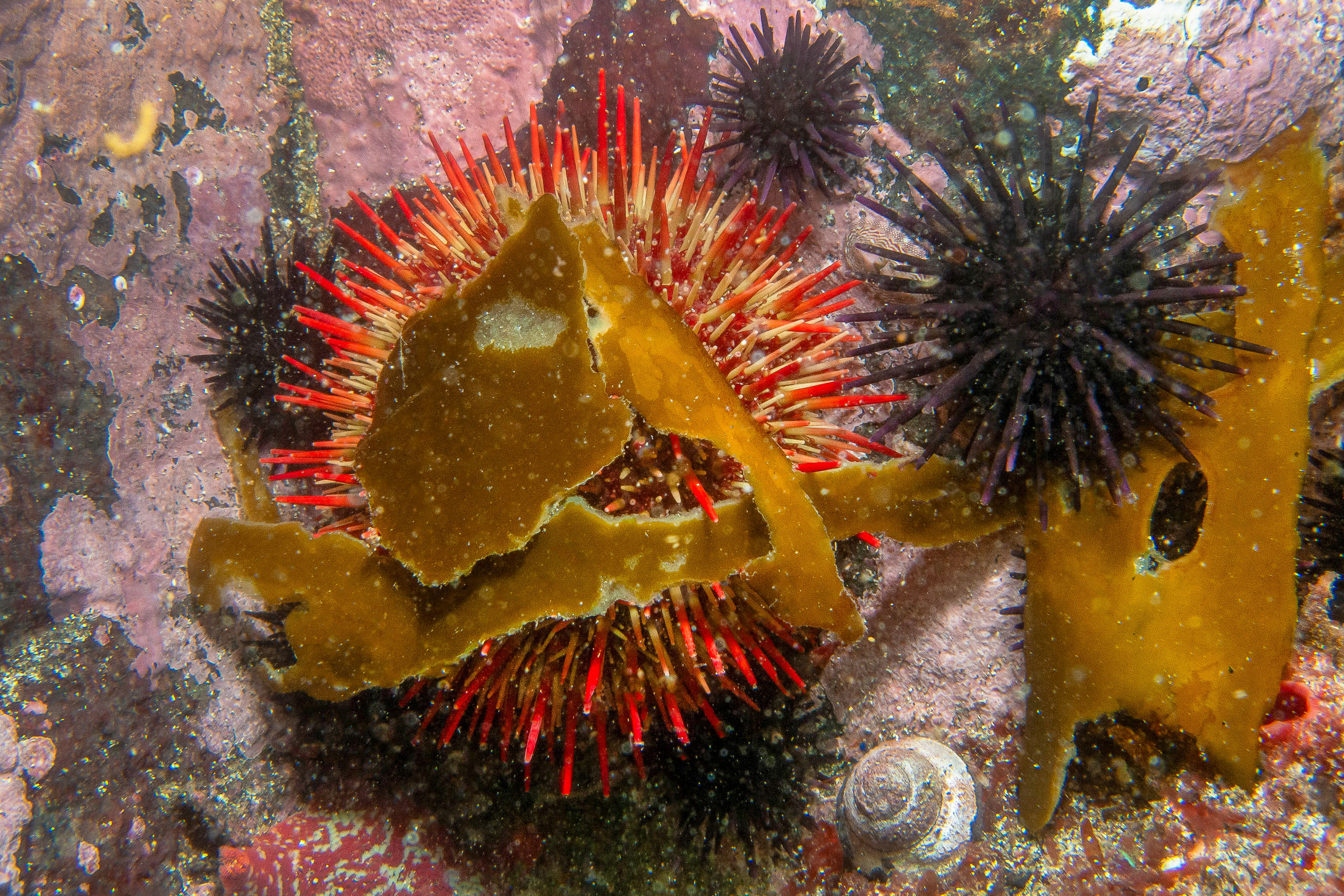
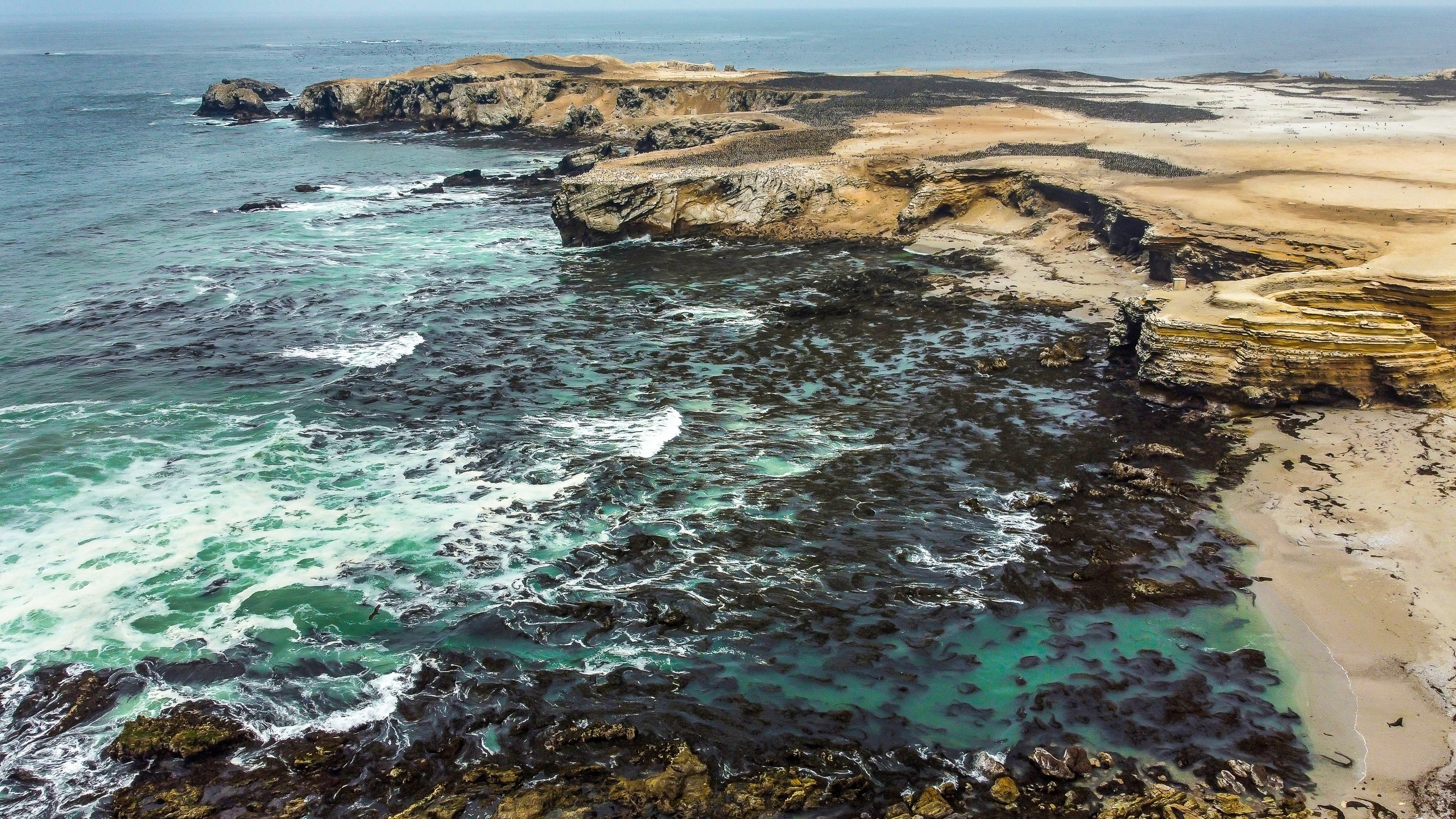
The price of seaweed
Peru’s waters support hundreds of seaweed varieties. Some are eaten, but three that are particularly abundant (Lessonia nigrescens, Lessonia trabeculata and Macrocystis pyrifera) are exploited for their alginic acid. This valuable material is used as an industrial thickener, stabiliser, food supplement and fertiliser, and in cosmetics and pharmaceuticals.
In the late 1990s, Peru encouraged kelp exports, especially to the Chinese market. But increasing extraction of the algae began to impact on the ecosystem. In 2008, the government stepped in and banned kelp extraction along the entire Peruvian coast.
It is, however, still legal to collect seaweed that has washed ashore, providing you have a permit and are associated with an artisanal fishers’ social organisation (referred to collectively as OSPAs).

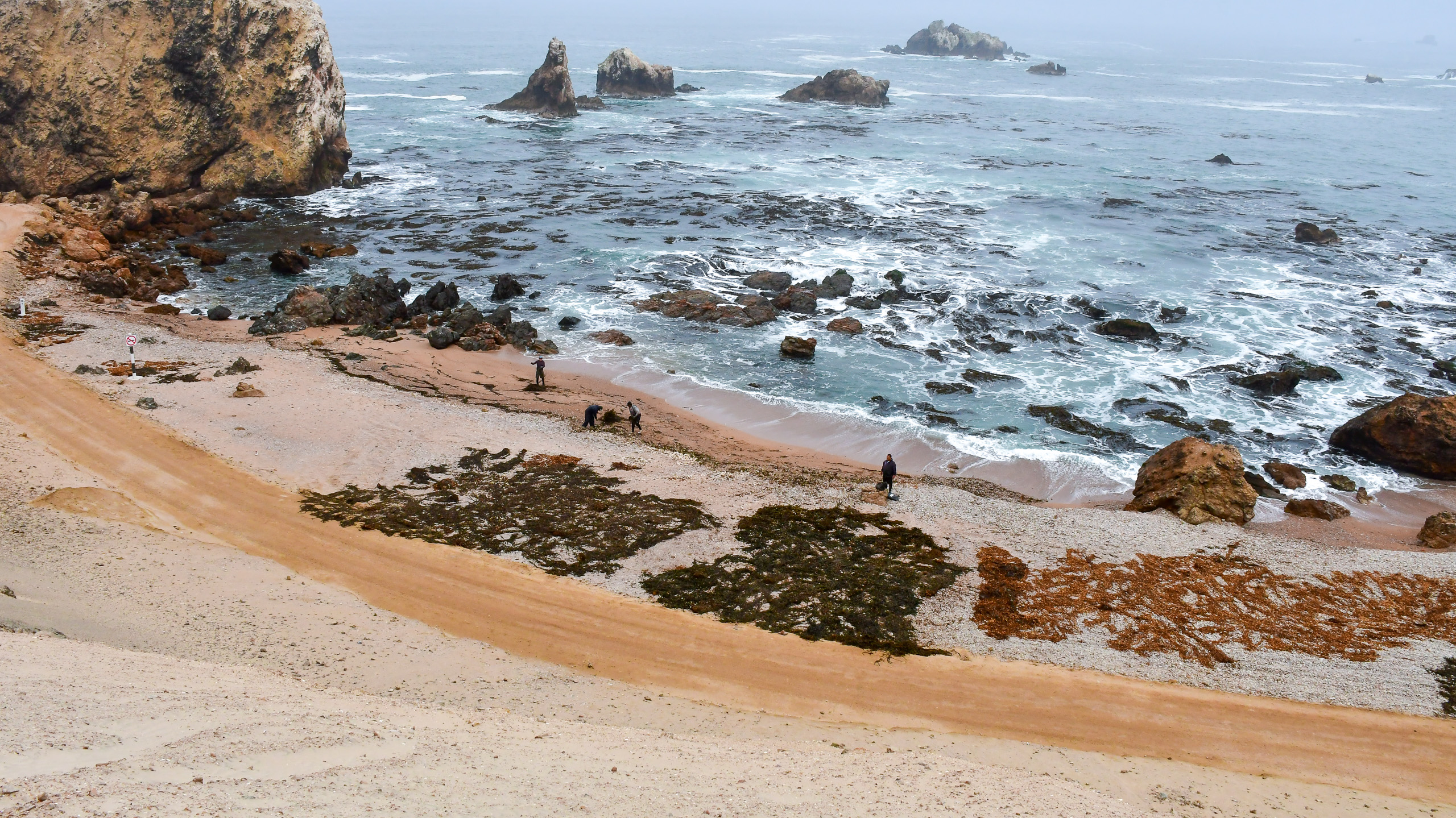
Sustainable collection
Manuel Milla harvests kelp legally. He is the former president of the Marcona Artisanal Fishing Community (COPMAR), an association formed of numerous OSPAs that collect beached seaweed along southern Peru’s Marcona coastline.
Faced with declining fish stocks and conflicts over what was left, fishers in Marcona organised themselves under COPMAR to better utilise resources. Their fishing zone (80 kilometres of coastline) was divided into sectors and distributed equally among fishers’ associations.
Milla says economics plays a greater role than environmental protection in this largely poor area: “Our main concern, more than environmental, is social.”
The associations take it in turns to gather washed-up seaweed for one month, giving everyone a chance to make money. When not gathering seaweed, members of the associations supplement their income with fishing, or by taking jobs in the district capital, San Juan de Marcona, or the local iron mining industry.
After being gathered from the coast, the seaweed is transported to desert plains where it is spread out to dry. That takes approximately two weeks in winter or five days during summer. It is then rolled and wrapped into balls that are sold to processing plants. Most is then exported to China.

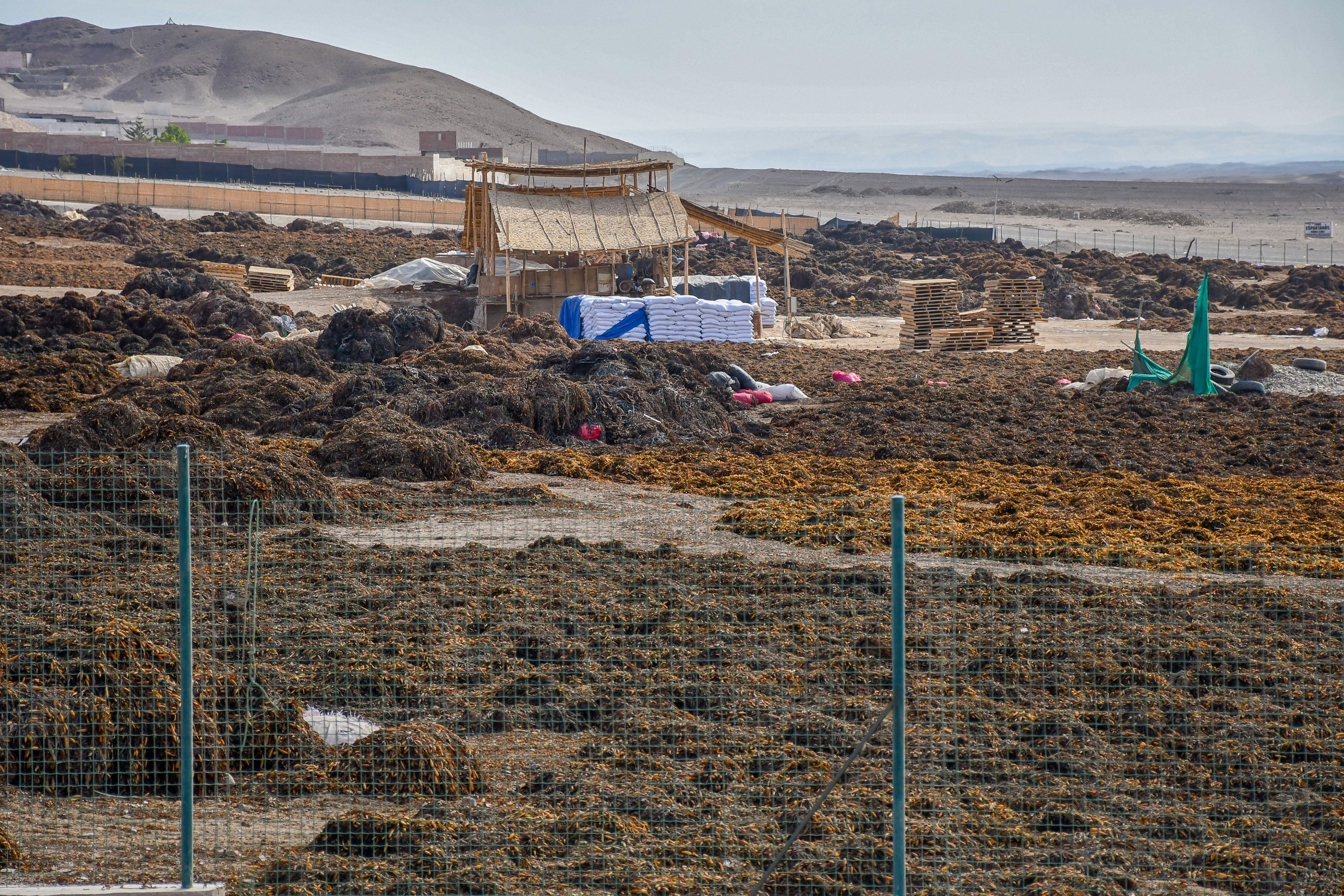
Other parts of the trade are not as well controlled, says Milla:
“Throughout the Peruvian coastline, there is no proper governance or control, and it is not carried out in a responsible manner. Peruvian society has to understand that we have to take care of our resources, and the Peruvian sea is unprotected. The sea is still seen by the country’s unemployed as an inexhaustible pantry.”
It is estimated that those gathering seaweed illegally along Peru’s southern coast outnumber formal harvesters by three to one. They pluck the seaweed from the rocks and seabed, and then drag it with hooks to the surface. This is sold to transporters or legal seaweed collectors, who take advantage of their permits and certificates to “launder” the illicit harvest into the market, avoiding inspection.
According to one official who spoke to the news outlet Convoca, the government’s data on kelp harvesting rates can be three or four times higher than that which washes up naturally.
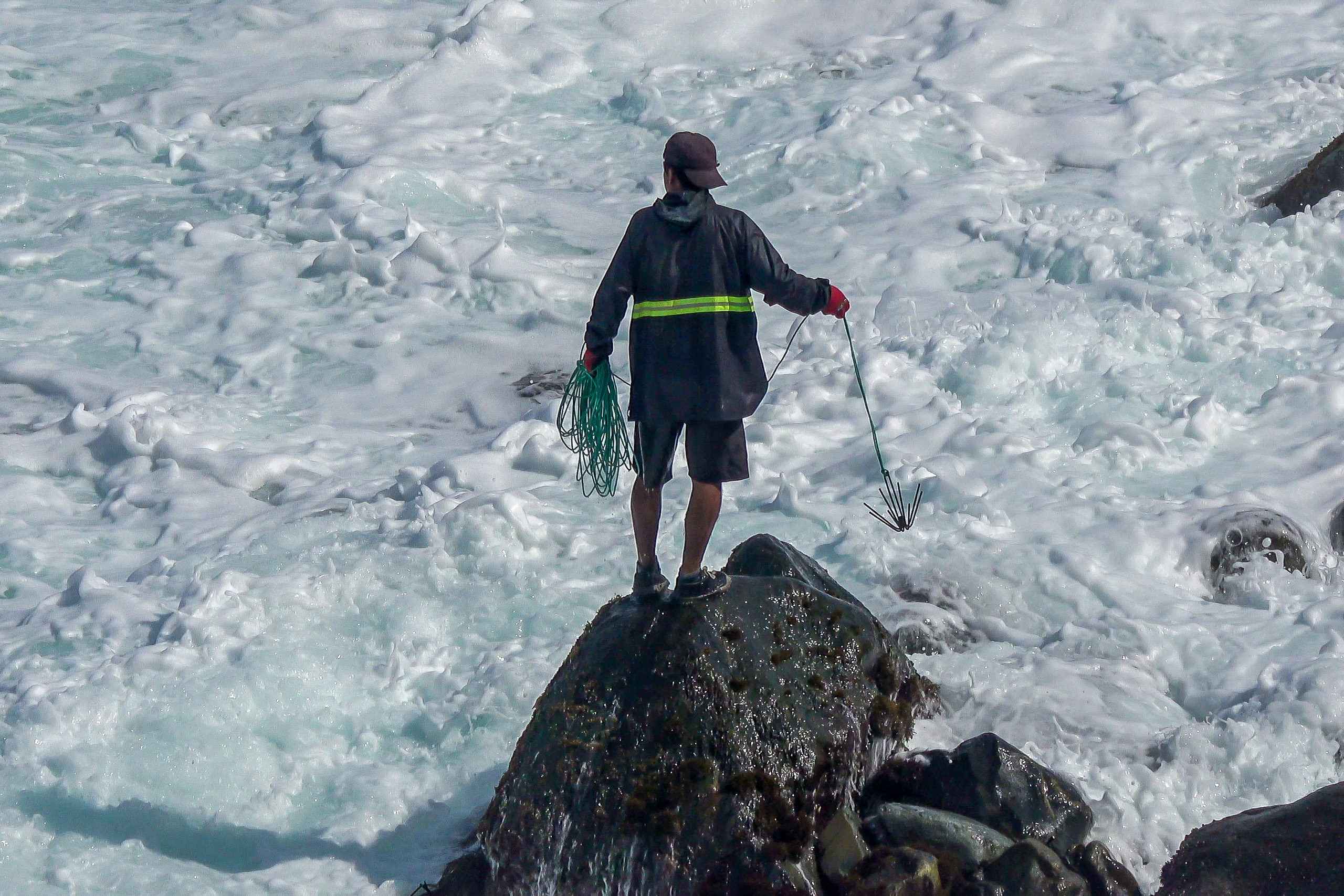

An excess of algae?
Algae harvesting in protected areas is not allowed, even if it is washed ashore. But Milla believes there is now so much of it in the San Fernando National Reserve (just north of San Juan de Marcona) that it should be harvested. This would help struggling local fishers, and he believes it would also benefit shellfish and help balance the local ecosystem.
Other seaweed harvesters agree that the ecosystem could support the removal of algae, perhaps even through direct harvesting from the sea. But determining the status of seaweed populations is difficult.
José Zavala is a specialist in macroalgae ecology and the former director general of research into demersal (seabed) and coastal resources at Peru’s Institute of the Sea (IMARPE). Harvesting in Peru is carried out according to the results of IMARPE’s evaluations and technical recommendations.
Zavala says that although only the collection of beached seaweed is allowed currently, there is pressure from seaweed farmers to authorise some regulated direct extraction. This has happened on a handful of occasions in the past and always with prior study by IMARPE, which establishes the maximum permitted volume of extraction and other technical considerations. But “it is very difficult to monitor compliance and the final damage to the ecosystem,” notes Zavala.

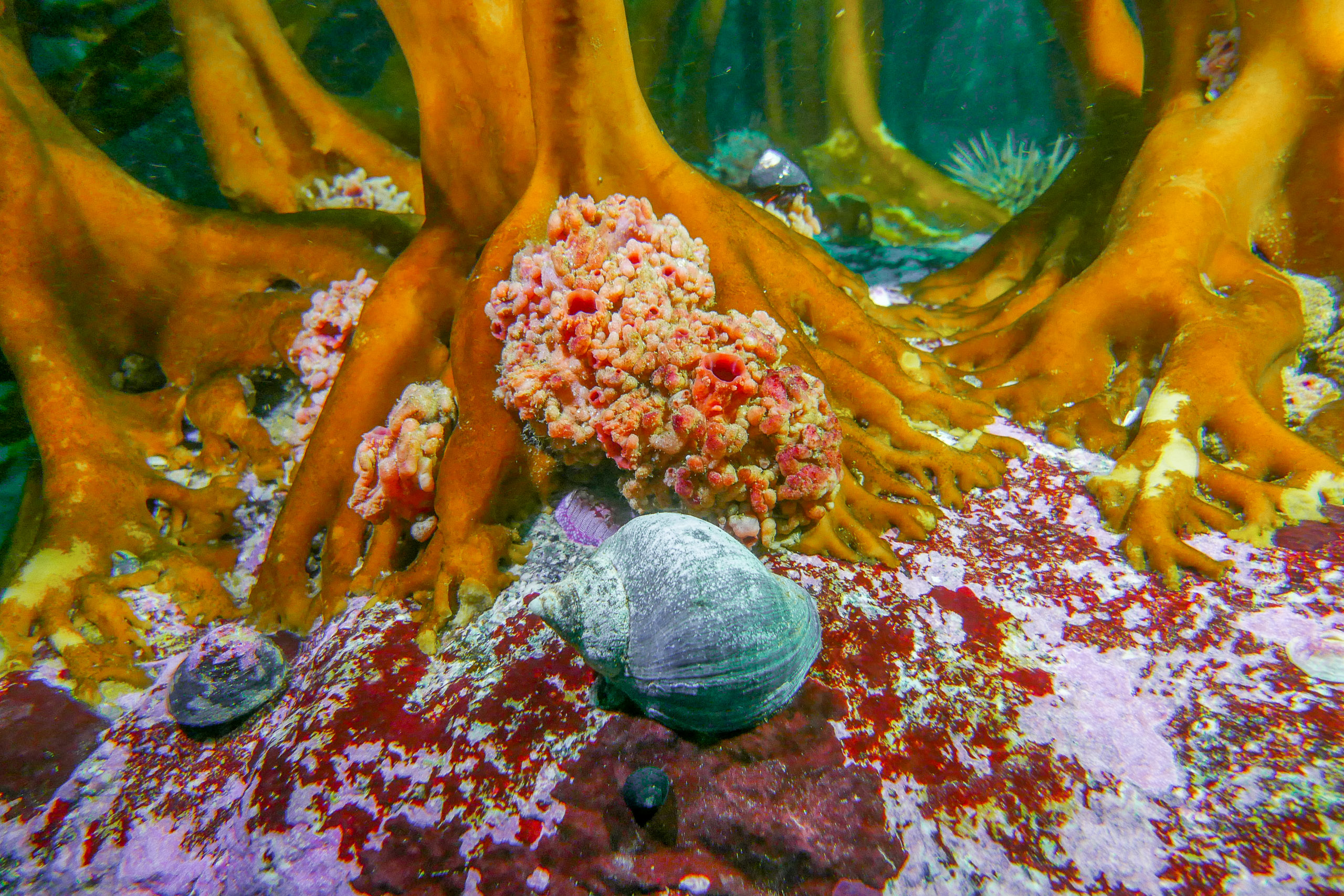
The only way to know if the kelp could be harvested sustainably is for IMARPE to evaluate these populations. But authorising its extraction within protected areas goes against conservation principles and would remove a vital ecosystem engineer. Zavala explains: “[Kelp] can modify the habitat in which they are found, creating favourable conditions for other species. These engineer species can build physical structures or carry out activities that change the environment and create new habitats.”
Seaweed supply and demand
The regions where kelp is harvested are characterised by vast, dry deserts, with no clear access roads and endless sand dunes. Monitoring these areas is therefore difficult, making them ideal for informal and illegal traders.
Illegal activity is fuelled by demand from a market that the government has struggled to control. Almost 100% of the documented seaweed exports from Peru end up in China and companies with Chinese links are heavily involved in the trade.
Exports have continued to increase since the 2008 ban, reaching nearly 34,000 tonnes in dry weight in 2019. In 2022, an analysis of Peruvian seaweed exports warned of a significant gap between official seaweed collection rates and export numbers.

In the analysis, its co-authors José Avila-Peltroche and Gunter Villena-Sarmiento state: “Illegal harvesting of kelp species is still reported and constitutes a severe threat to the ecological goods and services that the kelp forest ecosystem provides.” They also say the remoteness of harvesting areas and access issues are possible obstacles to controlling the trade. Dialogue Earth’s own visit confirmed these difficulties, as did our discussions with specialists.
Without change in Peru, there is no guarantee that these unique ecosystems and biological communities – and the lives of those who harvest them – will remain abundant and prosperous into the future.
